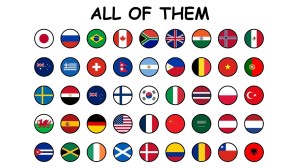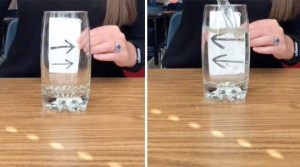Princeton University professor Jeremy Kasdin argues in favor of using flower-shaped “starshade” devices to block light from distant stars in order for scientists to be better able to detect dimly lit Earth-like planets in this video from the TED2014 conference. The basic idea is that the shape of the device would help with the diffraction of light from stars that typically obscures planets. This “starshade” design was originally suggested by Lyman Spitzer, father of the space telescope.
Astronomers believe that every star in the galaxy has a planet, one fifth of which might harbor life. Only we haven’t seen any of them — yet. Jeremy Kasdin and his team are looking to change that with the design and engineering of an extraordinary piece of equipment: a flower petal-shaped “starshade” that allows a telescope to photograph planets from 50,000 kilometers away. It is, he says, the “coolest possible science.”






